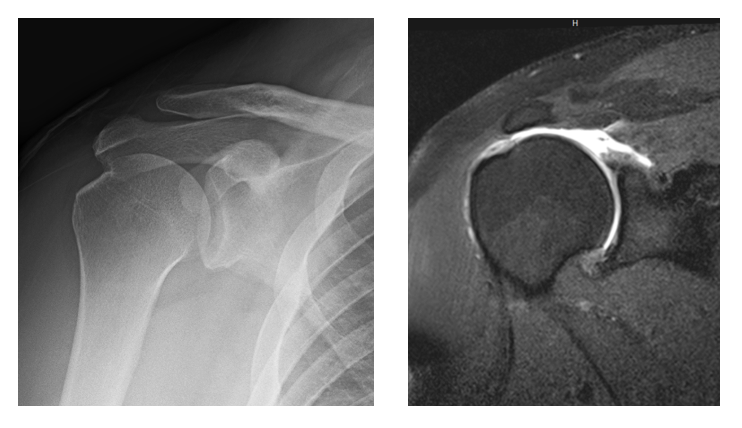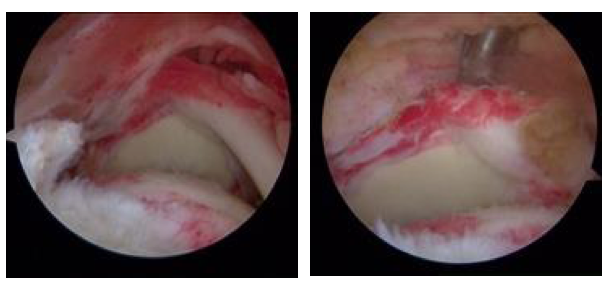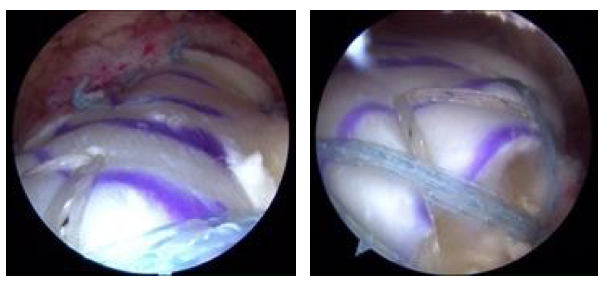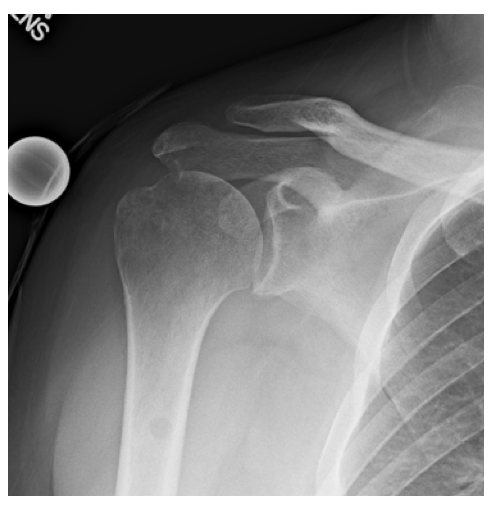An Overview of Arthroscopic Superior Capsular Reconstruction
Patients with "irreparable" rotator cuff tears or chronic tearing after the reconstruction of massive rotator cuff injuries may be candidates for Arthroscopic Superior Capsular Reconstruction (ASCR), a new procedure performed by Dr. Peter Millett that can be an option when the rotator cuff tendon can no longer be repaired.
The rotator cuff contains four muscles and their tendon units, which are called the supraspinatus, infraspinatus, teres minor, and subscapularis. Rising from the shoulder blade to insert on the humeral head, these muscles coalesce into a broad tendon that create a continuous 'cuff' around the shoulder joint, linking the trunk to the arm. This cuff helps to rotate the arm as well. Hence the term, 'rotator cuff.' Since the ball (humeral head) and its socket (glenoid) have relatively little inherent stability, the 'rotator cuff' provides stability to the joint by compressing the convex humeral head (ball) into the concave glenoid (socket). The rotator cuff also helps to move the humerus and rotate the ball within the socket. When the rotator cuff tendon tears, it causes pain and weakness. In more severe cases (larger tears), individuals can even loose the ability to move or raise their arms altogether. In some cases, the tendon tears get so large or retract so much that they can no longer be repaired.
Superior Capsular Reconstruction Video Demonstration
There has been documented success of using cadaver tissue to patch torn rotator cuff tendons. Historically, we have used patches to augment or reinforce thin tissue, but now patches are even being used as to substitute for completely absent tissue. Patch graft surgery for irreparable rotator cuff tears can help to re-stabilize the shoulder joint, eliminating pain and restoring strength and function. The lack of superior stability that occurs with a rotator cuff tear can effectively narrow the space for passage of the rotator cuff tendons underneath the acromion, resulting in the unwanted effect of direct mechanical abrasion of the tendon, making the tears worse. ASCR helps to hold the humeral head (ball) back into the glenoid (socket) so that not only can the shoulder work properly again but unwanted impingment on the acromion can be diminished. Results from recent studies on ASCR are promising for patients suffering from chronic, massive tears. By attaching the graft medially to the superior glenoid and laterally to the greater tuberosity, superior stability of the humeral head can be restored. Biomechanical laboratory studies and clinical studies have shown that Arthroscopic Superior Capsular Reconstruction restores stability to the shoulder joint that results in less pain and better function for patients. A recent study study also reports no progression of osteoarthritis or rotator cuff muscle atrophy.




